After two years of waiting out the COVID-19 pandemic, the Philadelphia Maker Faire is officially back for 2022. The one-day event will take place on Saturday, the 15th of October, from 10:00 am to 5:00 pm at the Independence Seaport Museum.
 We don’t have a schedule or full list of what will be on display this far out, but given what we saw during our 2019 visit, we’re confident you’ll get your tickets worth. While we keenly felt the loss of the flagship Maker Faires in California and New York, we can take some solace in the fact that their absence has given these smaller Faires a chance to move in and grow in ways that might not have been possible before.
We don’t have a schedule or full list of what will be on display this far out, but given what we saw during our 2019 visit, we’re confident you’ll get your tickets worth. While we keenly felt the loss of the flagship Maker Faires in California and New York, we can take some solace in the fact that their absence has given these smaller Faires a chance to move in and grow in ways that might not have been possible before.
For those looking to take an active role in what’s often been called the “Greatest Show & Tell on Earth”, organizers will be accepting proposals until September 15th for individuals, groups, and companies that want to share their creations with attendees. Participation is free, so long as you aren’t trying to sell anything, and offers a fantastic way to show off those pandemic projects. That said, proposals aren’t limited to just hardware projects — artwork, live performances, and workshops will also be considered. Basically, if it’s something the STEAM crowd would be interested in checking out, consider it fair game.
If you can spare some time after seeing everything that will be on display at the Maker Faire, the Independence Seaport Museum itself sounds like a pretty fascinating place to check out. Beyond the exhibits and collection of maritime artifacts, the Seaport also offers the chance to take tours aboard a pair of unique vessels: the USS Olympia saw service in the Spanish–American and First World Wars, and USS Becuna is one of only eight surviving WWII Balao-class submarines currently available for public viewing.
Planning on attending the 2022 Philadelphia Maker Faire? Maybe even presenting? Let us know in the comments. Who knows, you might just run into a Hackaday writer in the wild and score yourself some coveted Wrencher stickers.


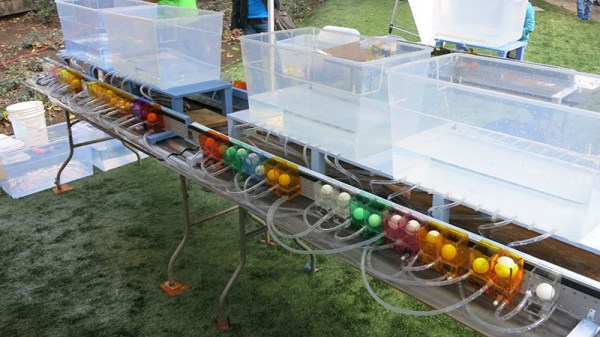

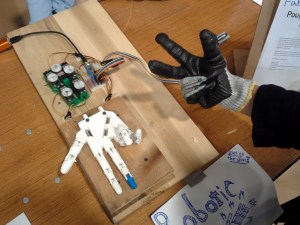
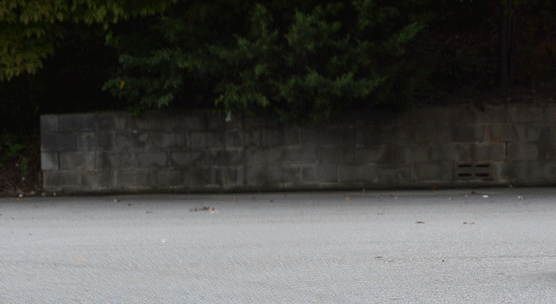
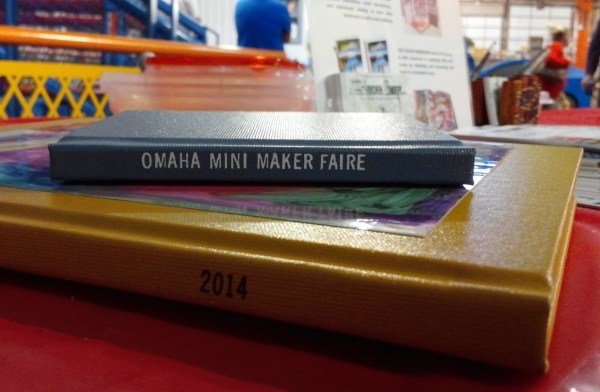
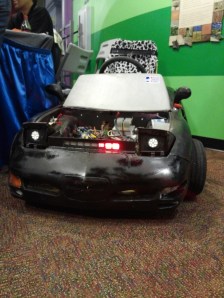 The representatives of the [
The representatives of the [









